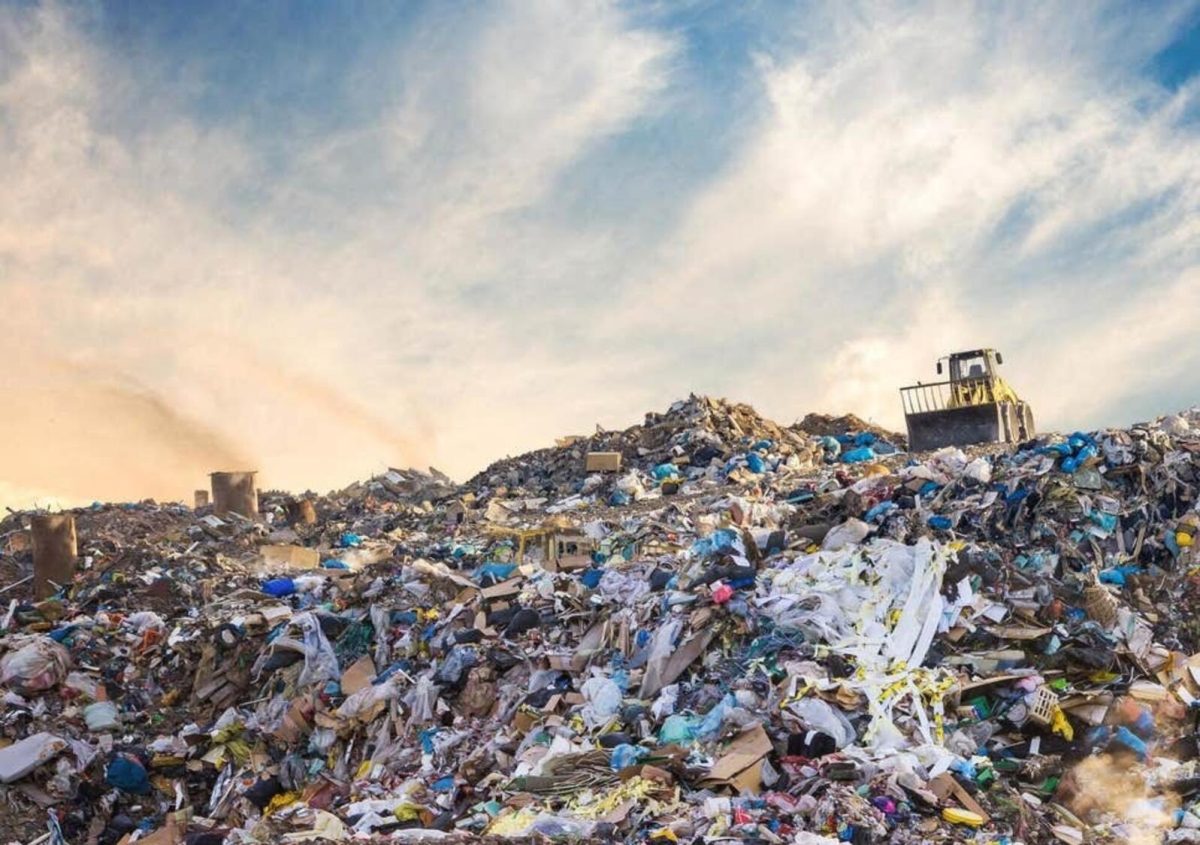In today’s fast paced world, clothing trends often appear overnight and are forgotten the next day leading thousands of brands to mass produce the pieces of fabric that are stripping our world of a healthy environment.
With the rise of key influences on fast fashion such as social media influencers and infinite online stores, trends come and go quickly. With this in mind, how are brands supposed to keep up with the ever changing ins and outs of style and fashion? Zara, Shein, H&M, and thousands of more brands have a secret to accomplishing this while keeping everything affordable.
Rapid and mass production sounds like a sufficient method of production, but it leads to many more recurring problems that are attached to climate change, unclean water supply and many more difficulties.
A study done by Princeton University on fast fashion’s environmental impact shows that it takes about 3,000 liters of water to produce one cotton t-shirt. When you take 3,000 liters of water for one shirt and multiply that by about 200 of every clothing item in thousands of different designs, you can see why fast fashion production alone takes up 20% of the water waste worldwide.
The depleting clean water supply is not the only severe environmental issue with fast fashion. When these clothing items and accessories are produced, carbon dioxide is released into the air and damages the ecosystem. According to a Yale study done on pollution, Shein alone emitted 16.7 million metric tons of carbon dioxide in the year 2023.
Even after manufacturing and shipping things out, the products continue to impact the environment. In the U.S. alone, the average person accumulates about 100 lbs of clothing waste per year which adds to about 34 billion pounds of used textiles, according to Boston University.
Landfills are overactive and they too release toxic gasses into the air and pollute our water resources. These landfills are usually located in poor, developing countries where there are limited resources which used clothing is usually exported to. This causes problems because it continues to destroy these low income countries that cannot continue to undergo the damaging of their environment.
More and more fast fashion companies have been claiming to use safer and more sustainable practices in their clothing production ever since these environmental issues have surfaced. Zara alone claims to use 100% renewable energy, get rid of single used plastics for all customers, and use more recycled materials. An interest in secondhand shopping has also worked to aid the additional waste and reduce the support of fast fashion.









